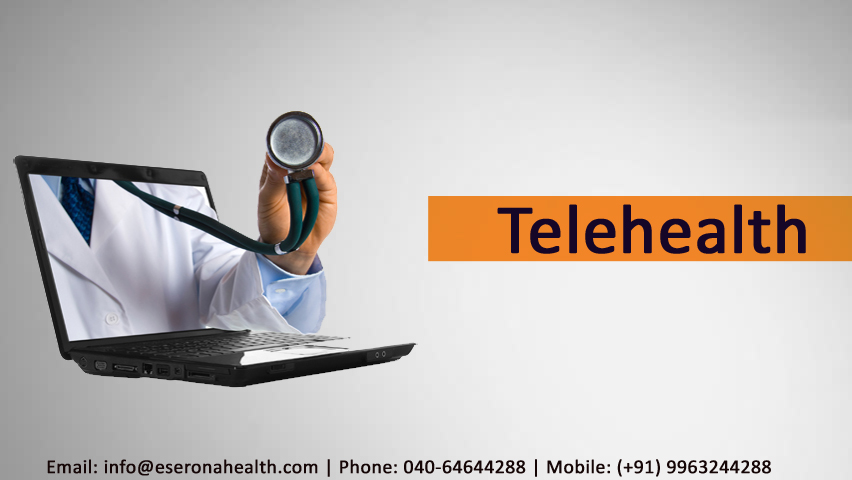
Thanks to some new bills in Congress, and more in the works, the implementation of telehealth programs in an array of clinical settings has taken off recently.
Read This: IBM puts Watson to work on cancer with new patient-adviser tool
Telehealth has seen a surge of systems implementing programs in a variety of clinical settings recently. The KLAS and CHIME’s report in October indicated the momentum is building (and HIMSS put in an official ask to Congress for support as well). With the clearing of some regulation hurdles for reimbursement and crossing state lines, the financial savings and patient interest is only going to grow. (But there is a recent study discounting its benefits).
Recent happenings have been shining a brighter light on telehealth programs. Here are a few:
Veteran’s breaking state barriers
The House passed a bill to let VA providers cross state lines for telemedicine and that bipartisan legislation — which received broad support from Congress and trade groups — will let VA providers — in good standing — practice telehealth regardless of the patient’s location.
CMS final rule expands reimbursement options
The MACRA final rule boosts telemedicine for patients in rural or underserved areas by paying for more consults and making it easier for providers to bill for them.
Natural disaster relief work
Hurricanes Harvey and Irma brought a spotlight on the value of telehealth during a natural disaster. Nemours and LiveHealth Online were two fo the telehealth systems who stepped in to help patients after Irma.
Critical care for premature infants
Mayo Clinic is using telemedicine to provide remote consultations to pre-term infants, newborns with respiratory distress and babies who require advanced resuscitation located in community hospitals get the specialty care they need through video to avoid transfers.
Emergency departments adopting tech
The Texas House passed Bill 479 to improve patient outcomes by using telemedicine technology to bring the judgment of trauma surgeons into the back of ambulances to assess and direct treatment at Texas Tech.
Remote patient monitoring
American Well, Medtronic partner to utilize video-enabled platforms that allow bi-directional data flow between the two parties, giving patients greater access to their care team while improving clinician access to critical information and opportunities for early intervention. Video classes and remote care has helped the CDC’s National Diabetes Prevention Program as well.
Behavioral health services
Community Health System is using intake and placement services at nine hospitals in East Tennessee with licensed behavioral health clinicians through a home-grown telepsychiatry program designed to shorten wait times and move patients through the care center.
Article source: healthcareitnews
